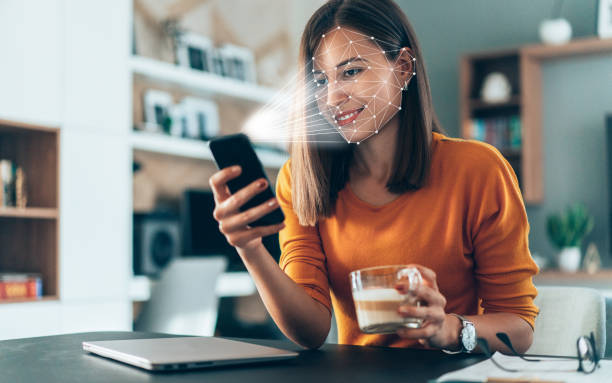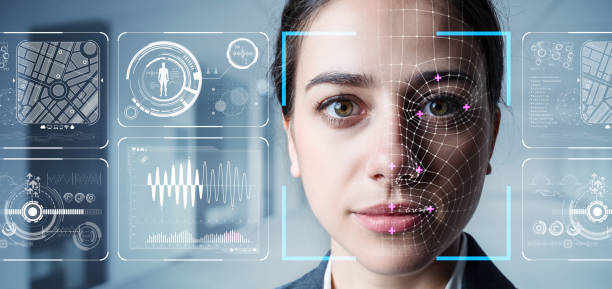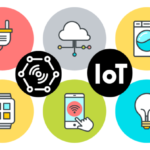Face recognition technology is built on computer programs that analyze images of human faces for the purpose of identifying them.
Firstly, facial recognition is a biometric identification process to identify, verify, and authenticate the person using facial features from any photo or video.
Facial recognition system works on comparing facial biometric patterns of the face of interest with the database of known faces to find the match.
Additionally, so many people used this technology to target people engaging in protected speech
In the near future, face recognition technology may become more widespread.
To clarify, the biggest danger is that this technology will be used for general, suspiciousness surveillance systems.

How Does Face Recognition Technology Work?
Face recognition systems use computer algorithms to pick out specific, distinctive details about a person’s face.
It is quite difficult to develop an algorithm which works well with varying conditions like large datasets, low illumination, pose variations, etc.
So, how does facial recognition technology work? Technologies vary, but here are the basic steps:
Step 1: Face Detection
It captures your face through photo or video. The process starts with human eyes, which is one of the most accessible features to detect, and then it proceeds to detect eyebrows, nose, mouth, etc.
Once it finds the facial region, multiple algorithm training is performed to detect the faces and their positions.
Step 2: Feature Extraction
Facial recognition software reads the geometry of your face. The main factors include the distance between your eyes and the distance from the forehead to the chin.
The software identifies facial landmarks that are key to distinguishing your face.
Step 3: Face Matching
It compares your facial signature to a database of known faces. The database has all the information of registered users.
The process to compare one face to another face in the database or one-to-one mapping is Face Verification.
But, if we compare one face to all the faces/ images from the database (1: N) to find the potential match, it’s Face Identification.
Step 4 : Face Determination
Your faceprint may match the image in a facial recognition system database.
In general, that’s how facial recognition works.
Who Uses Face Recognition Technology?
Face recognition technology has become common in a large number of countries around the world.
- Colleges in the classroom: Facial recognition software can, in essence, take roll.
- Social media companies on websites: Facebook uses an algorithm to spot faces when you upload a photo to its platform. The social media company asks if you want to tag people in your photos. If you say yes, it creates a link to their profiles. Facebook can recognize faces with 98 percent accuracy.
- U.S. government at airports: Facial recognition systems can monitor people coming and going in airports.
- Marketers and advertisers in campaigns: Marketers often consider things like gender, age, and ethnicity when targeting groups for a product or idea. Facial recognition can be used to define those audiences even at something like a concert.
Reasons to be concerned about your privacy
So, what are the issues? Here are some:
- Security: Your facial data can be collected and stored. Sometimes they collect the data even without your permission. It’s possible hackers could access and steal that data.
- Mistaken identity: Facial recognition systems may not be 100 percent accurate. Therefore, sometimes it can create problem to you.
- Prevalence: Facial recognition technology is becoming more widespread. That means your facial signature could end up in a lot of places. You probably won’t know who has access to it.
- Improper Data Storage and Sharing: Facial recognition’s privacy concerns must also be addressed with improper data storage that exposes facial recognition credentials to potential security threats.
- Ownership: You own your face and your digital images are different. You may have relinquished your ownership when you signed up for the social media network. Or maybe someone tracks down images of you online and sells that data.
Conclusion
In conclusion, the use of artificial intelligence and machine learning technology has turned the process of facial recognition into real-time.
In addition, the integration of smart technology with advanced computer technology makes the face biometric system the most secure and reliable online identity verification solution.
So, in this article, we have learnt how face recognition system works, who uses it and more.










